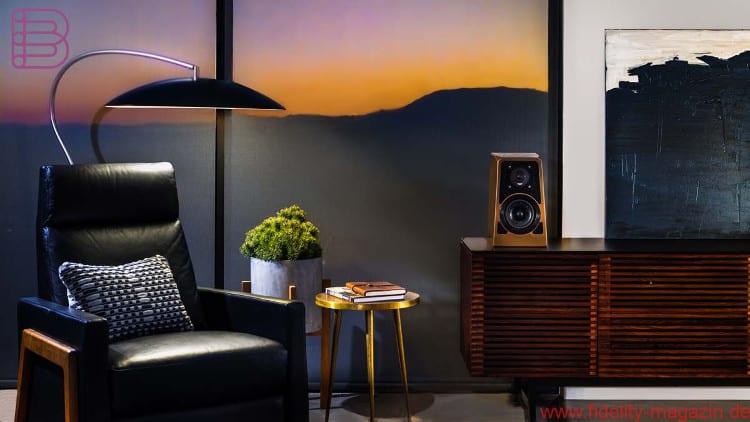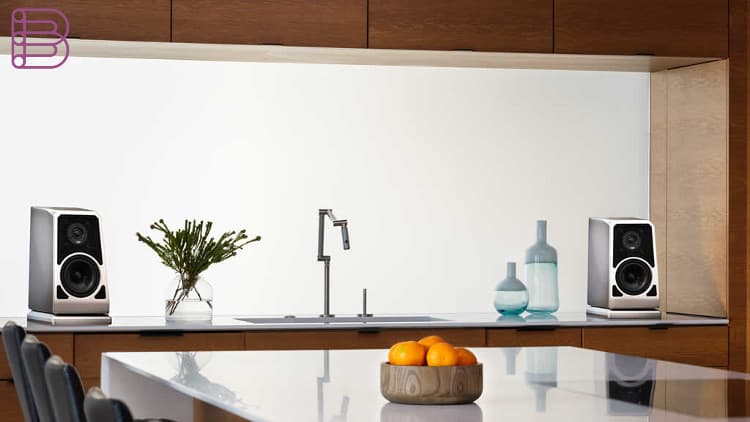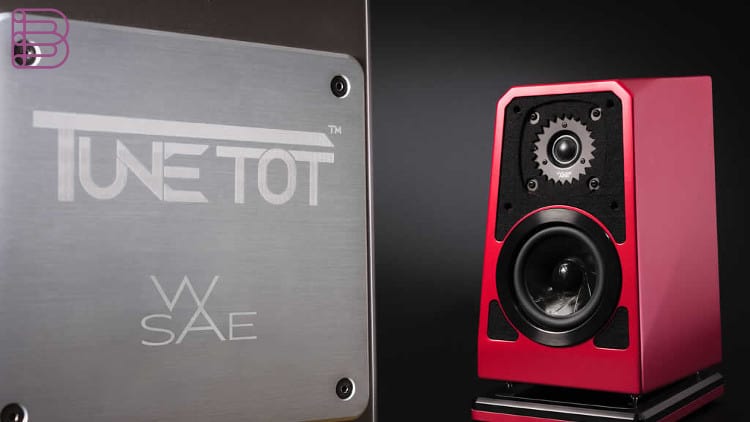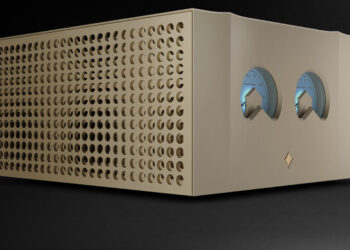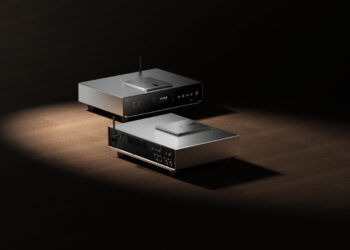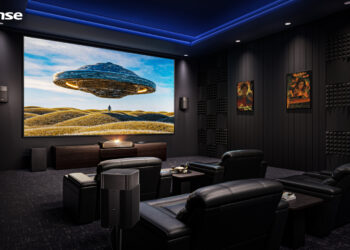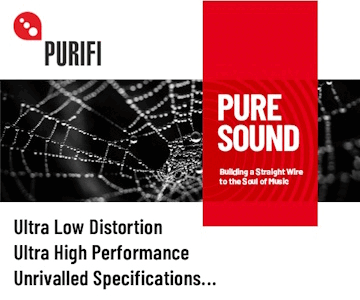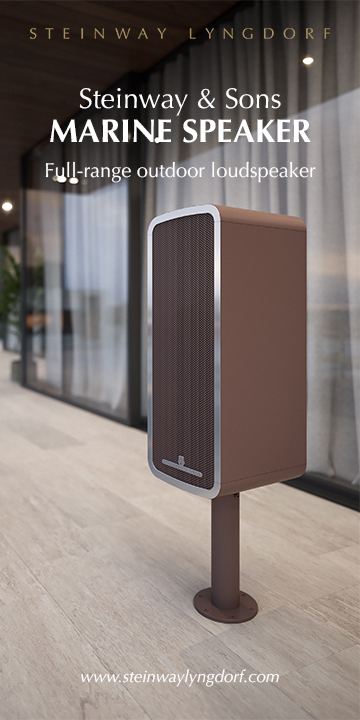From the inception of the first Wilson loudspeaker, it always has been understood that the time domain is a critical factor—if musical authenticity is the goal. With the Wilson Audio TuneTot, the challenge was twofold: Isolating the active loudspeaker from its environment and providing adjustable correction in the time domain. Wilson’s engineers cleverly combined both needs into a single solution. Wilson provides precise yet simple installation setup instructions that allow TuneTot to be corrected in the time domain for each installation. Composites have the advantage of being made up of several different constituencies, each of which can be uniquely optimized for a variety of design characteristics—such as acoustical damping and rigidity—performance factors that are mutually exclusive in single-element materials such as Aluminum or MDF. Just as is true for all Wilson’s, TuneTot’s enclosure was analyzed and reanalyzed using its state-of-the-art Laser Vibrometry system in order to optimize enclosure-wall thicknesses and the strategic implementation of the proprietary composites. With this precision instrument, WSAE engineers readily detect even the tiniest enclosure vibrations—at the level of billionths of a meter, which, in turn, reveals the ideal combination and geometry of the composites for the cabinet. TuneTot is constructed from two Wilson proprietary composites—the proven combination of Wilson’s X- and S-material. Wilson’s engineers didn’t stop there. Perfectly rectangular enclosures are inexpensive and easy to build but suffer from music-destroying internal reflections generated by parallel walls. TuneTot’s enclosure is asymmetrical, ensuring no internal surface is parallel. Inspired by technology from the Alexia Series 2 and the WAMM, TuneTot’s cabinet additionally features a complex internal reflection management system.
Strategic by design
Environmental music systems are increasingly part of contemporary lifestyles. Another ground-breaking Special Applications product, the Wilson Audio Duette, successfully addressed the challenges caused by near boundary placement. Placing a loudspeaker on a desktop, bookshelf, counter top, or a credenza has meant accepting serious sonic compromises. Interactions and resonances from the furniture or shelf on which the loudspeaker rests are a source of audible distortion and colorations—deleterious factors most loudspeaker designers simply accept. The Wilson Way™ demanded a new look at the problem. The Special Applications Engineering team spent months researching the interactions between TuneTot and the surface upon which it is installed. It quickly became clear that assumptions surrounding environmental resonance control needed to be re-examined. For these installations, the challenges presented are very different from what exists for a typical floor-standing loudspeaker spiked to the floor—problems that require a different strategy. A series of accessories were developed specifically to address furniture-born resonances endemic to these types of installations. TuneTot is shipped with a set of leveling spikes. These devices allow the installer to obtain an optimal, time-domain-correct baffle angle in relation to the listener, but are also designed to provide some isolation between TuneTot and the surface below. One significant step further is the TuneTot ISOBase™, an interim isolation platform which is placed between the loudspeaker and the surface below. The ISOBase offers unprecedented levels of decoupling and isolation between TuneTot and the structure upon which it rests.
A new ecosystem
More than just a loudspeaker, TuneTot is instead one element within an ecosystem populated with custom tools and accessories (purchased separately) designed to maximize its performance and cosmetic beauty in a wide variety of applications. The aforementioned ISOBase is the ideal solution for bookshelf, desktop, counter top, or credenza installations. Many Wilson owners prefer to listen without the grille attached. For these installations, Wilson designed an optional aluminum ring, which covers the mounting hardware securing the woofers. The ring is individually milled and is beautifully finished in a choice of four anodized colors. For those listeners who prefer a grille, one is available for TuneTot. Its low diffraction frame is individually milled from solid billets of ultra-low-resonance X-material. Acoustically transparent fabric (available in six colors) is meticulously hand stretched onto each composite frame. As a part of the TuneTot Ecosystem, Wilson is introducing five new paint colors and two new hardware anodized colors (for a total of four). TuneTot owners are able to custom configure their loudspeakers with just the right combination of performance options, paint color choice, and hardware and grille colors based on their individual aesthetic desire and installation needs.
Visit the Wilson Audio website.



